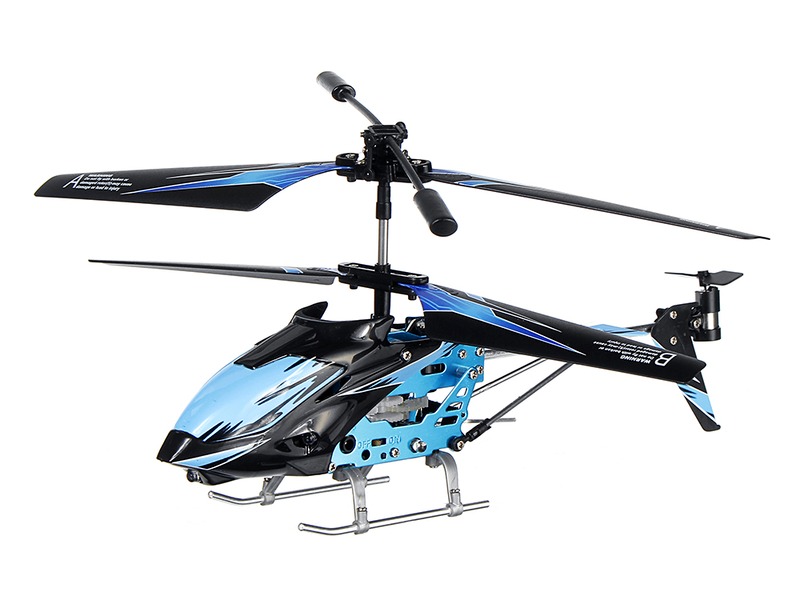Do helicopters use a lot of fuel?

Yes, helicopters use a lot of fuel. This is because helicopters are heavier than airplanes and require more power to stay in the air. Helicopters also have to overcome the force of gravity to stay in the air, which requires more fuel than an airplane. Additionally, helicopters have to use more fuel to hover in one spot, which is a common maneuver for helicopters.
The amount of fuel a helicopter uses depends on a variety of factors, including the type of helicopter, the size of the helicopter, the weight of the helicopter, and the type of mission it is performing. Generally speaking, larger helicopters use more fuel than smaller helicopters, and helicopters that are carrying a heavy load will use more fuel than those that are not. Additionally, helicopters that are performing more complex maneuvers, such as hovering or flying at low altitudes, will use more fuel than those that are flying in a straight line.
The fuel efficiency of helicopters has improved over the years, thanks to advances in technology and the use of more efficient engines. However, helicopters still use more fuel than airplanes, and they are not as fuel efficient as cars. This is because helicopters have to overcome the force of gravity to stay in the air, which requires more fuel than an airplane. Additionally, helicopters have to use more fuel to hover in one spot, which is a common maneuver for helicopters.
In addition to the amount of fuel a helicopter uses, the cost of fuel is also a factor. Helicopter fuel is typically more expensive than airplane fuel, due to the higher cost of production and the fact that helicopters use more fuel than airplanes. Additionally, helicopters require more frequent refueling than airplanes, which can add to the cost of operating a helicopter.
Overall, helicopters use a lot of fuel. This is due to the fact that helicopters are heavier than airplanes and require more power to stay in the air. Additionally, helicopters have to use more fuel to hover in one spot, which is a common maneuver for helicopters. The cost of fuel is also a factor, as helicopter fuel is typically more expensive than airplane fuel. However, advances in technology and the use of more efficient engines have improved the fuel efficiency of helicopters, making them more cost-effective to operate.
Comments / Question
2. Choose helicopters with modern, fuel-efficient engines.
3. Maintain the helicopter in a state of good repair to reduce drag and improve fuel efficiency.
4. Use lighter aircraft components, such as weight-saving composite materials, to reduce fuel consumption.
5. Consider using alternative fuels such as biofuel.
6. Use automatic engine management systems for more efficient operation.
7. Minimize nonessential payload to reduce fuel consumption.
8. Employ techniques such as high-speed cruise and direct-to-destination routing.
9. Take advantage of favorable winds and air currents to reduce fuel consumption.
10. Train pilots to recognize and take advantage of fuel-saving opportunities.
2. Flight speed: The faster a helicopter flies, the more fuel it will consume.
3. Altitude: The higher the altitude of the flight, the more fuel the helicopter will use.
4. Temperature: Colder temperatures require more fuel to increase the power of the engine.
5. Wind speed: Headwinds will require more fuel to maintain the same speed, while tailwinds will reduce fuel consumption.
6. Time of day: Flying during the day will require more fuel as the air is less dense, while flying at night will reduce fuel consumption.

